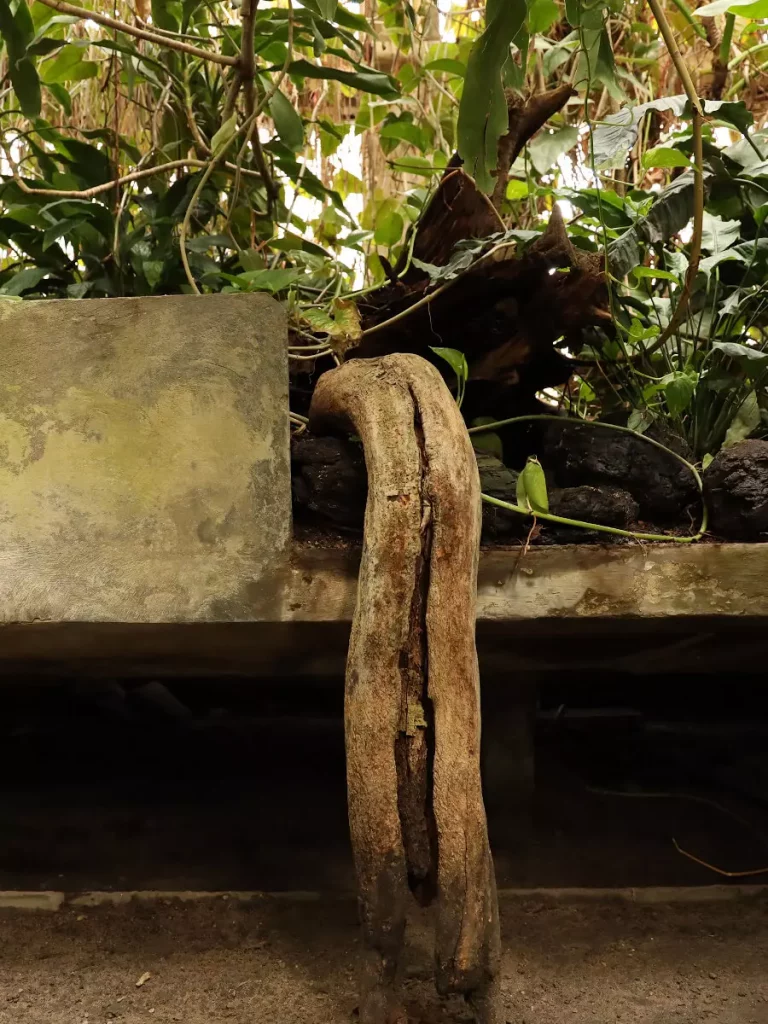Human activities — construction first among them — thrive on minerals. Vital to our lives today, they were also once an essential support to the emergence of life on earth.
And yet—as Vladimir Vernadsky first intuited in 1928—living matter has in turn been perpetually reforming those minerals since then.1 Life makes geology! What’s more, life makes the atmosphere—as James Lovelock and Lynn Margulis proposed it later2—“breathable” as well! Next to photosynthetic bacteria, whose ancestors once adapted to life in plant cells, plants are the only life forms capable of directly capturing energy from the sun to perpetuate these vital cycles of formation and regulation. To put it simply, plants are the foundation of animal life on earth. They are also our direct line to the sun. And yet, convinced to be able to synthesize our future welfare out of hydrocarbons and minerals, we have estranged ourselves from plant intelligence. Ignorant of the importance of photosynthetic life, we humans are the culprits of the sixth extinction. Unaware of its cultural significance, we moderns have let go of the indigenous plant wisdom. We have become plant illiterate. Whereas the loss of biodiversity will strikingly impact resource availability, it has already—albeit less noticeably—reduced vast regions of western life into a cultural desert.
Ironically, we westerners also built the first crystal palaces to enjoy the beauty of exotic plant specimens and speculate on their economic value. Today, we build them in the name of conservation. While botanical conservatories admittedly cannot replace in-situ protection of endangered plant species, they support conservation efforts by maintaining documented collections of living plants and seeds.
The question that begs an answer is whether the ideas and solutions “incubated” under glass will help us come out into the open to take care of the earth and its multispecies communities that thrive on unbounded plant potential.
In our Plant Potential project, we focused on investigative and creative initiatives that help human communities reconnect with their expanded environment and its ecological, cultural, and spiritual dimensions by embracing the nurturing potential of plants as food, material resources, environment makers, companions, and teachers. We probed our relationships with plant life through a series of conversations with plant experts and a conference that highlighted creative endeavors focused on the recovery of the forgotten knowledge of plants and their own wisdom. We also engaged in a design experiment driven by the desire to shift the focus away from built forms towards fundamental interspecies (including human-plant) codependences and psycho-cultural opportunities.
